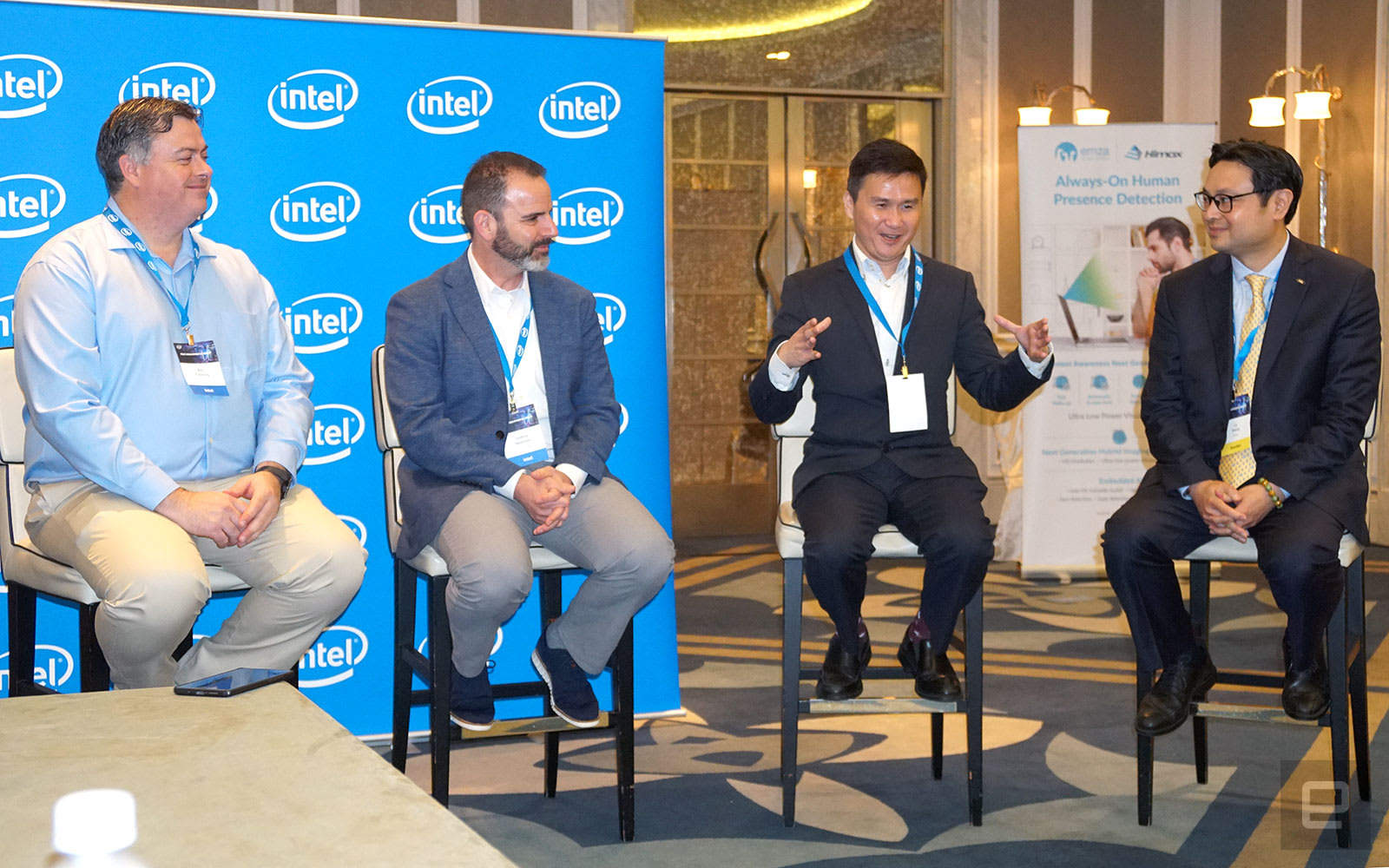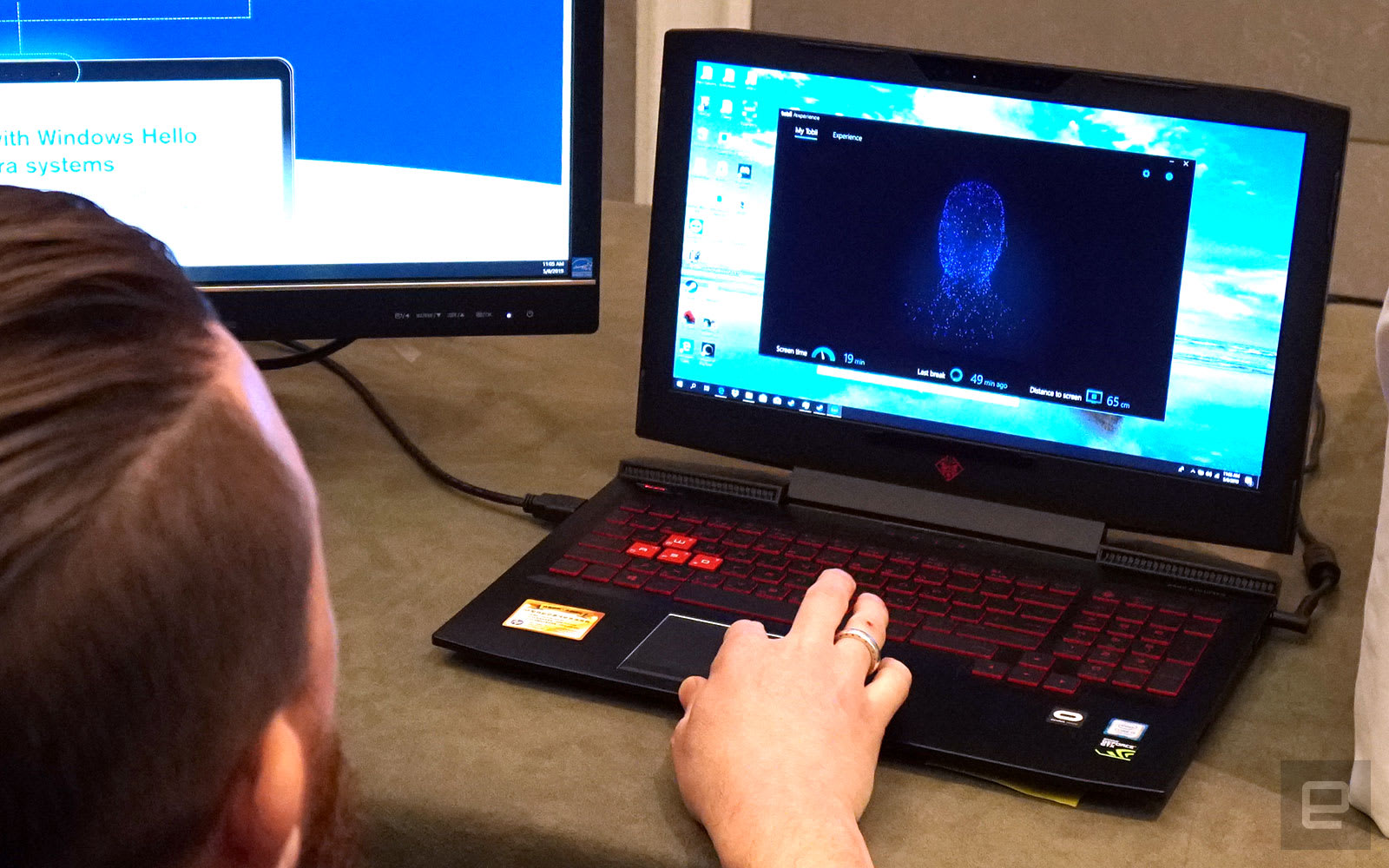[ad_1]
In a nutshell, Project Athena is all about catering to real-life usage of the so-called “mobile go-getters” — folks who often whip out their laptops in coffee shops, libraries or out in the open, with the younger ones doing more social broadcasting as well. These trends aren’t exactly new, and the term “mobile go-getter” isn’t going to win over younger users, but let’s ignore all that and focus on the “real-life usage” part — the nitty gritty of how Intel sees modern day laptop owners using their machines.
Starting off with battery life, Intel and its clients have, for years, leaned on (and continue to lean on) the maximum number of hours — around 15 to 20 these days — that are only achievable with lightweight tasks in flight mode. But with Project Athena, Intel is finally shifting the focus to real-world usage models — streaming video while browsing the web and running multiple Office tasks (plus a few more apps in the background). As such, laptops that apply for Project Athena validation will go through a more rigorous battery test using a new wireless web browsing key experience indicator, along with more background apps and a higher screen brightness.
According to Josh Newman, Intel’s VP of Client Computing, Project Athena laptops need to deliver at least 9 hours of real-world battery life (along with fast charging — a 30-minute zap for a 4-hour top-up charge), which is rather ambitious given the challenging new validation. One could achieve this by simply pairing a low-voltage CPU with a huge battery, but that would defeat the purpose of Project Athena; its real challenge is to offer “a new level of responsiveness,” instant resume plus long real-world battery life all on the same plate, all served in a laptop that should over just above the $800 mark. Not to mention that Intel is still pushing for thin and light designs here, which will now benefit from the increasingly common narrow screen bezels.
Fine-tuning the components is the most obvious way to boost battery life without compromising performance or portability, and this is where Intel believes Project Athena Open Labs — due to open in June — will come in. Component makers will be able to bring their products to any of the three labs — across the US, Taiwan and China — for validation, during which Intel will help optimize power consumption and performance on both the component and system level. Naturally, this means cool new features will end up on more brands, and participating companies will have access to Intel’s experts round the clock — hence the “open” in “Open Labs.”
Ahead of that, Intel had already been working with component makers that specialize in user awareness for the first wave of Project Athena devices. Here, Intel is combining camera-based solutions with its own AI know-how in order to tame one of the most power-demanding components on a laptop: the display. Intel’s research says that during a full HD video playback, the screen could account to more than 50 percent of a laptop’s total power consumption.
Laptop makers can always consider the one-watt LPDT display co-engineered by Intel and Sharp, but for the sake of everyone else, Intel is tapping into existing solutions that can automatically dim existing screen tech based on a user’s presence. The beauty of this is that the components involved only need a few milliwatts of power, so despite the always-on camera, it’s apparently a significant gain in terms of overall power saving. The challenge remains that Intel needs to optimize these components further for easier integration — and sell the PC manufacturers on the idea.
These camera solutions also contribute to Project Athena’s instant resume requirement by automatically unlocking the laptop (via Windows Hello) as you approach it, and vice versa when you step away. Better yet, partners like Tobii and Mirametrix bring extra features to the table. For privacy, both can automatically blur the screen when you look away or when a stranger is looking over your shoulder, which is handy for mobile go-getters (ugh) who frequent coffee shops. As for digital wellbeing, they can track your screen time and even posture in order to nag you when needed.
These sound great on paper, and Intel is pitching a more user-centric approach this time round, which may breathe fresh air into the declining PC market. We were also told to expect at least 10 Project Athena laptops in the second half of 2019, which suggests there’s already a fair amount of support for this program. That said, Project Athena — whatever it ends up being called (“Hyperbooks?”) — needs more to make a truly compelling upgrade to both laptop makers and owners. Right now, it’s mainly about the battery. Improved battery life has been a laptop sales pitch for decades. Intel needs to offer more.
Source link
 Tech News code
Tech News code





